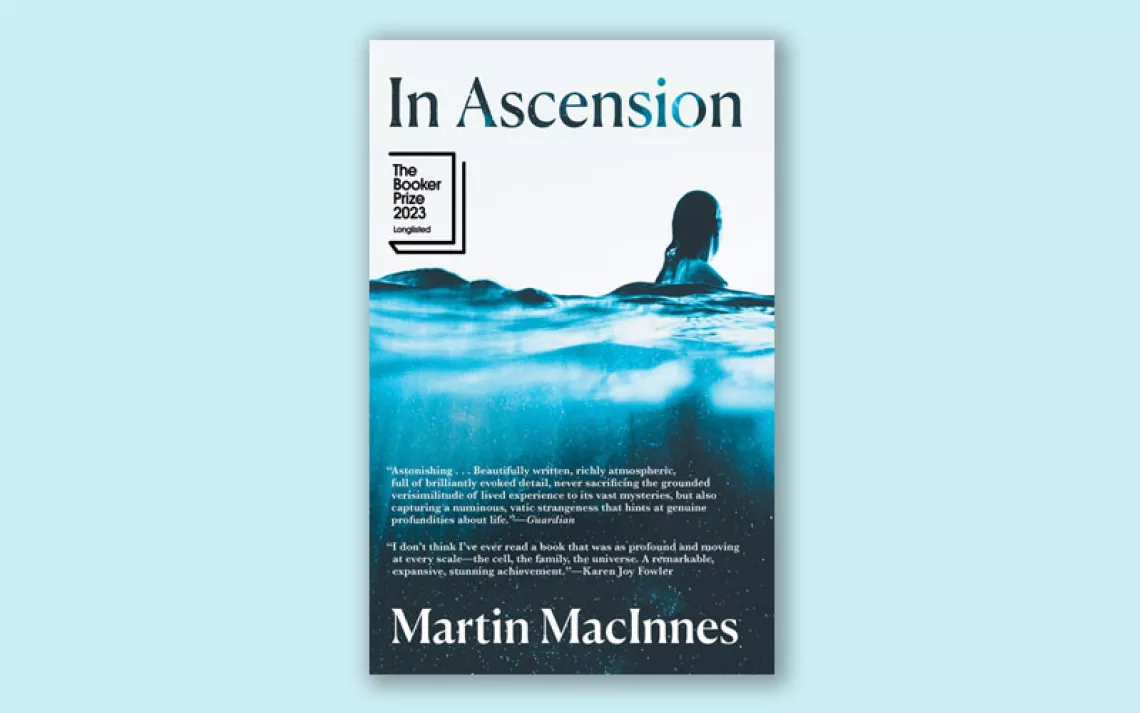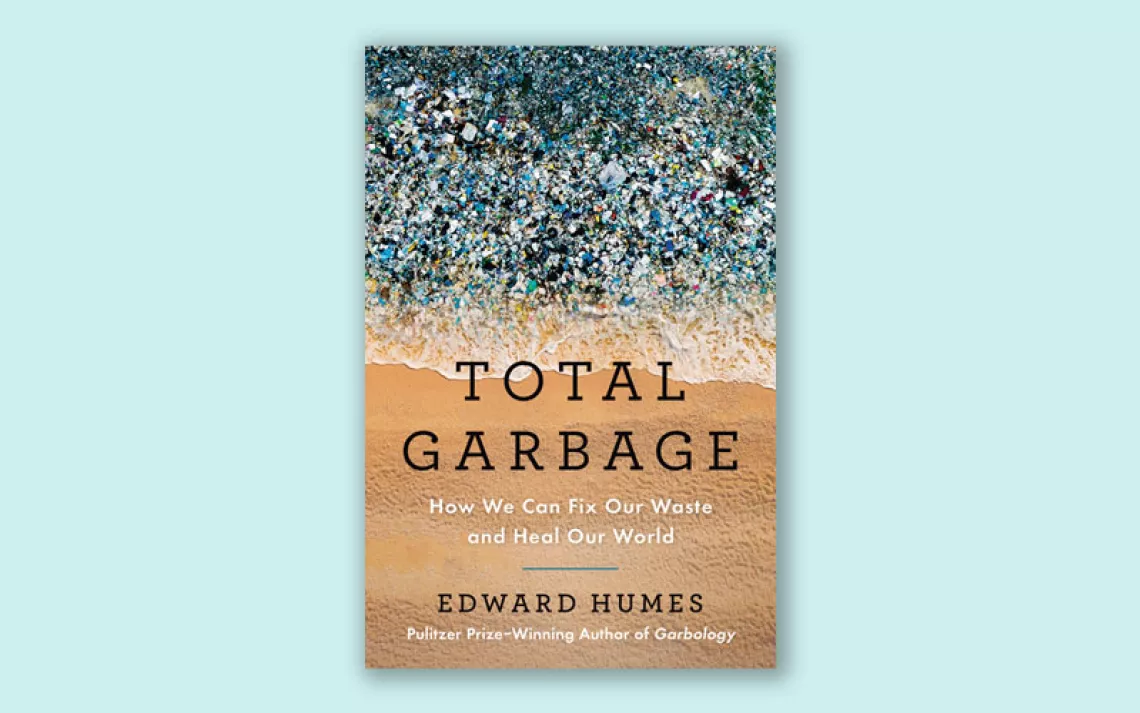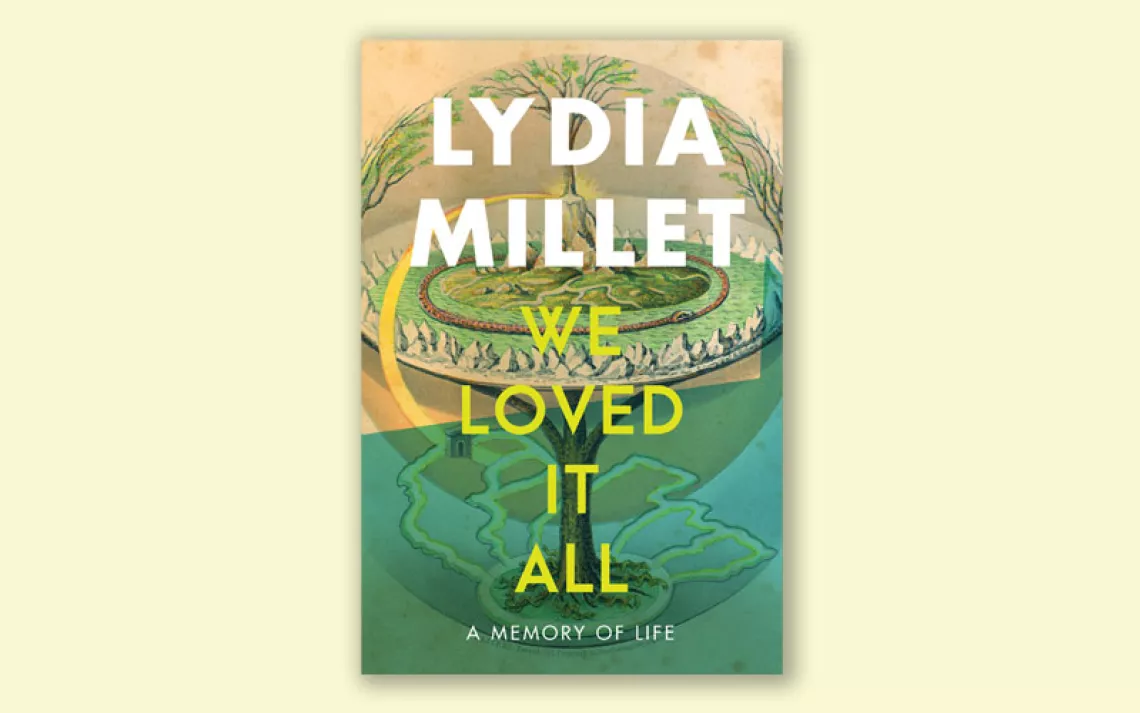Your Cli-Fi Starter Pack
Explore the possibilities of climate change with these five reads
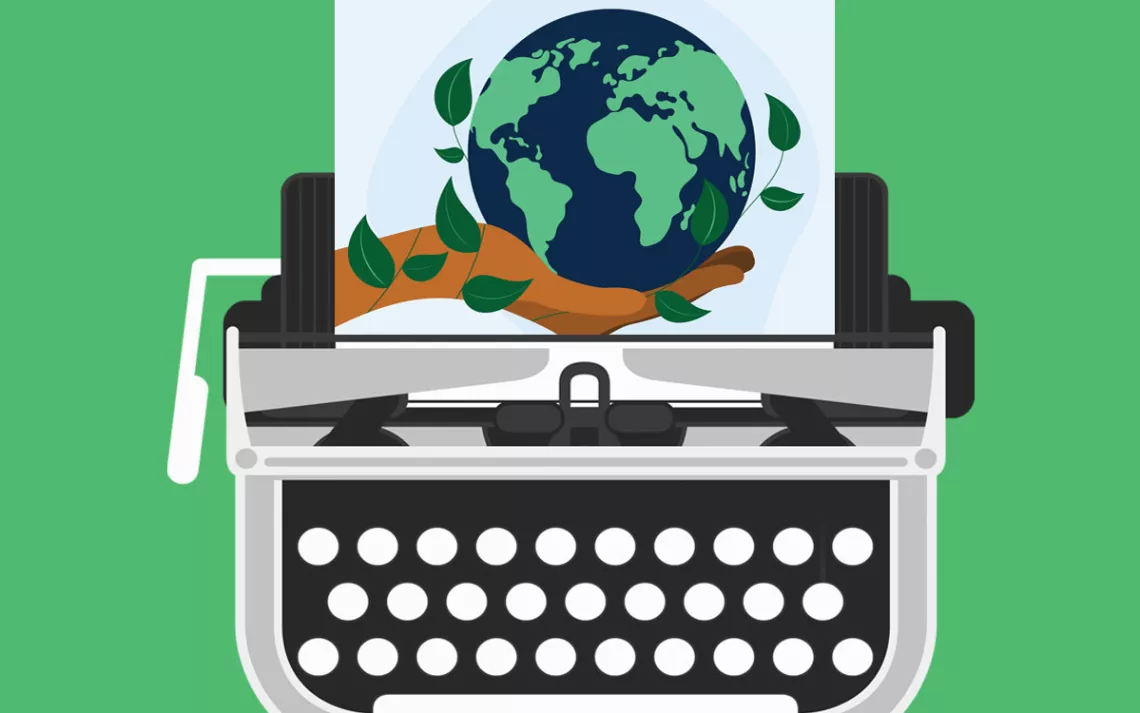
Composite image including iStock (typewriter) rustemgurler / iStock (globe) Yevgeniya Kolnobritskaya
Climate fiction, or cli-fi for short, is an emerging genre that centers on the consequences—and possibilities—of the climate crisis. Though the term itself is pretty new—coined in 2007 by English teacher and former journalist Dan Bloom, eager to push climate science stories into the mainstream—the elements of climate fiction have been written about for centuries.
In the late 1880s, Jules Verne imagined climate change due to the tilting of Earth’s axis in The Purchase of the North Pole. In the early '60s, Brian Aldiss’s book of short stories, Hothouse, created a world of omnivorous, sentient plants, hot temperatures, and humans living on the brink of extinction. Similarly, J.G. Ballard wrote body horror-esque, insidious tales of rising seas and an Earth that turns more and more unrecognizable. In her 1993 novel Parable of the Sower, Octavia Butler suffused themes of climate change, capitalism, and injustice, mirroring—even foretelling—reality. Margaret Atwood pushed the genre into the 2000s with the dystopian MaddAddam trilogy.
Now, cli-fi continues to seep into the mainstream, with the global warming themes in Game of Thrones, the rise of the post-apocalyptic novel, and the solarpunk and Afrofuturistic elements of Black Panther, for example. From eco- and hopepunk to queer futurism and global warming to pollution, cli-fi melds the past, present, and future seamlessly, rooting each story in Earth, rather than some faraway place. Cli-fi makes the climate crisis and environmental issues more accessible and often centers on collective action and radical imagination. It offers escapism and expands not just the possibilities of storytelling but also activism and climate solutions.
And though the genre won’t save us, it may give you some hope. Here are five books to start your climate fiction journey.
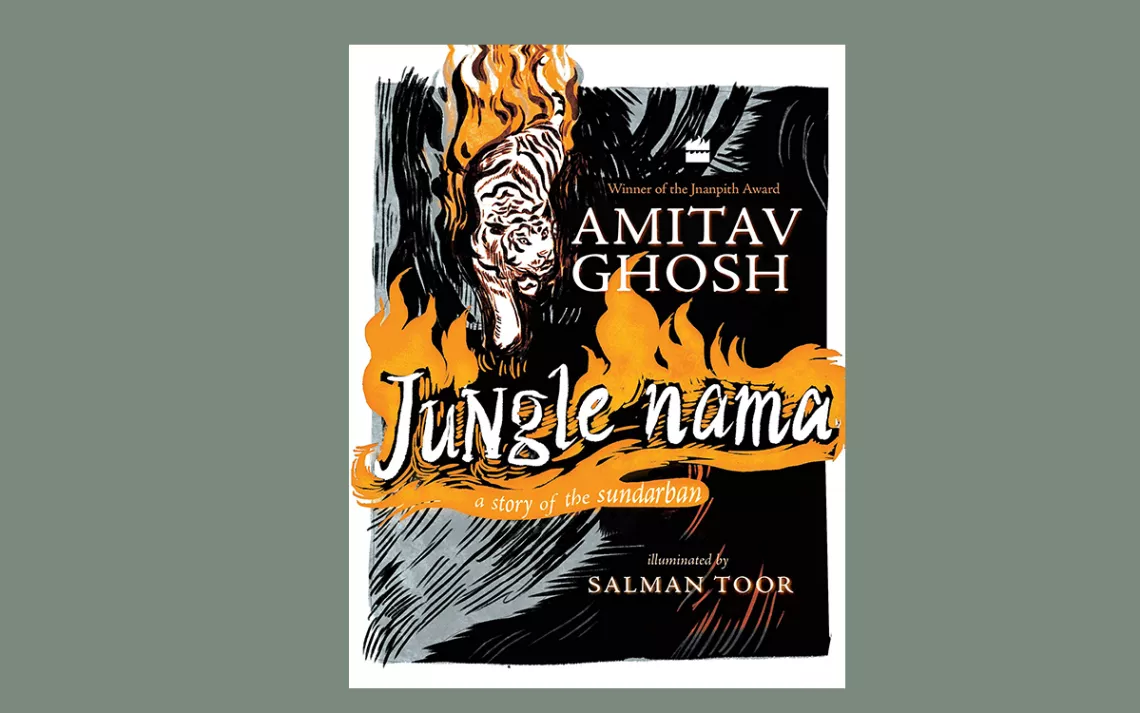
Jungle Nama
By Amitav Ghosh, illustrated by Salman Toor
HarperCollins India, 2021
In less than 90 pages, Ghosh retells the Bengali folk story of Bonbibi, or the lady of the forests. Told entirely in rhyming couplet verses, Jungle Nama follows Dukhey, a boy who is abandoned by a greedy merchant, to the demonic tiger god Dhona. At first, he feels helpless, but by remembering his mother’s advice to call upon Bonbibi if he’s ever in trouble, he finds his way. Set in India’s Sundarbans region—which faces the brunt of the climate crisis, as it frequently experiences flash flooding, saltwater intrusion, rising sea levels, and cyclones—the book emphasizes the need for humans to respect Earth and only take what they absolutely need, rather than giving in to greed and contributing to the planet’s destruction.
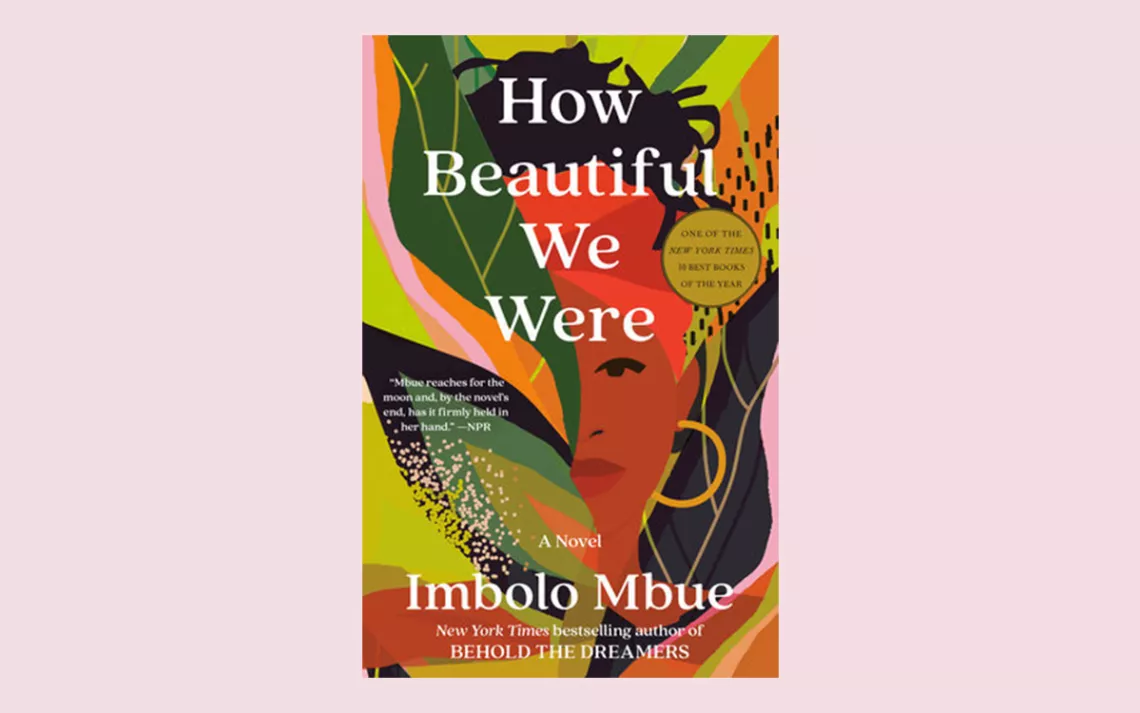
How Beautiful We Were
By Imbolo Mbue
Random House, 2021
Set in a fictional African village, this book tells the story of a people taking on an American oil company that’s destroying the environment. As the villagers endure polluted air, toxic drinking water, and acid rain, children and babies die. Mirroring the ways in which the West has exploited Africa—and touching on themes of colonialism, ancestral land, and freedom—How Beautiful We Were is a multigenerational story narrated by the villagers as they try to fight back against the country’s dictator. Though the villagers’ fates are foreshadowed by the novel’s title, it weaves a morally complex, proselike tale of communal heroism and persistence.
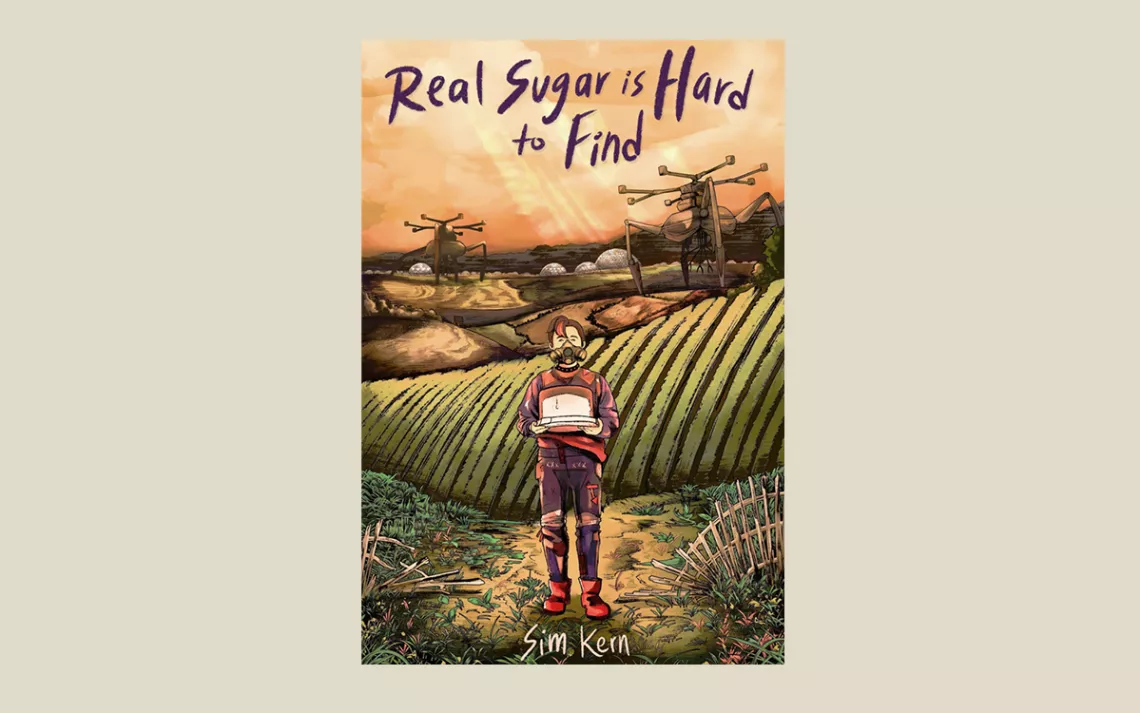
Real Sugar Is Hard to Find: Stories
By Sim Kern
Android Press, 2022
Kern’s short story collection gives a glimpse into various futures of climate change rooted in body horror, reproductive justice, colonialism, queer love, eco-terrorism, and more. Arranged in progression from dystopian to utopian worlds, the stories show readers that living through a climate emergency makes way for various emotions to surface, from despair to joy to rage. While reading this book, you’ll laugh, you’ll cry, but above all, you’ll care.
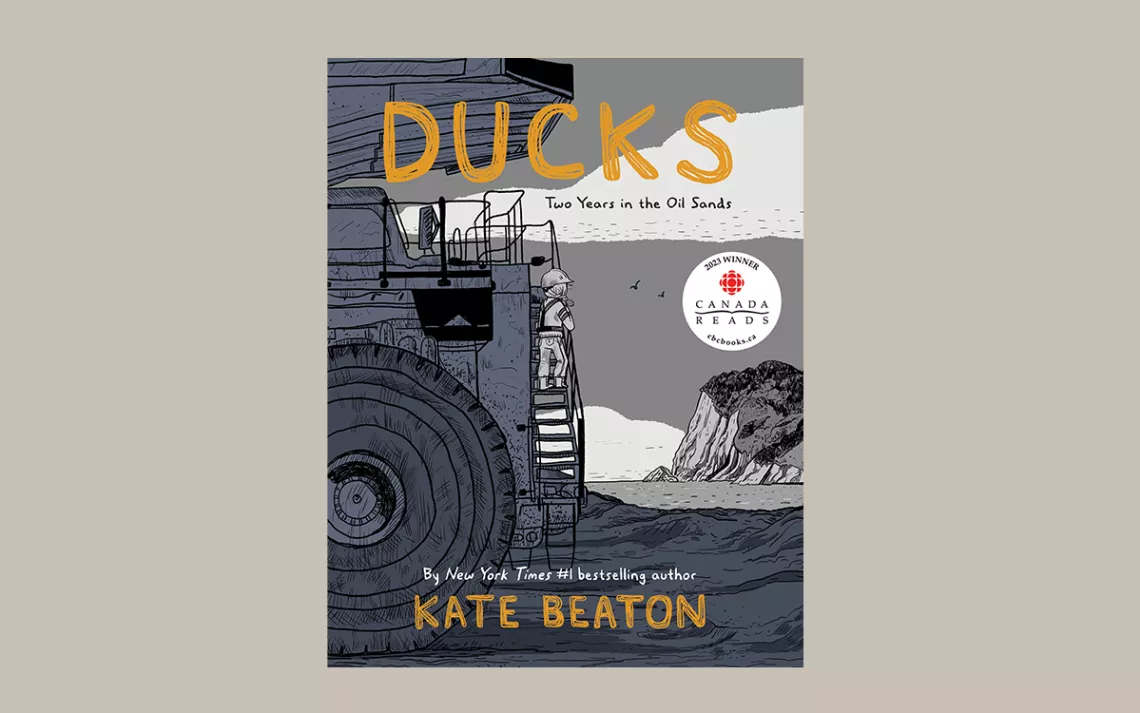
Ducks: Two Years in the Oil Sands
By Kate Beaton
Drawn & Quarterly, 2022
This autobiographical graphic novel follows Beaton’s own experiences of working oil sands in Alberta to pay off her student loans. Named after a disaster in which more than 1,000 ducks near a mine landed in a toxic waste-filled pond and died, this story comes alive in its subtext, which is brimming with undertones of capitalism, settler colonialism, environmental degradation, labor, and extraction. With its simple yet masterful illustrations, Ducks will make you question the intersections between human livelihood and the earth’s well-being.
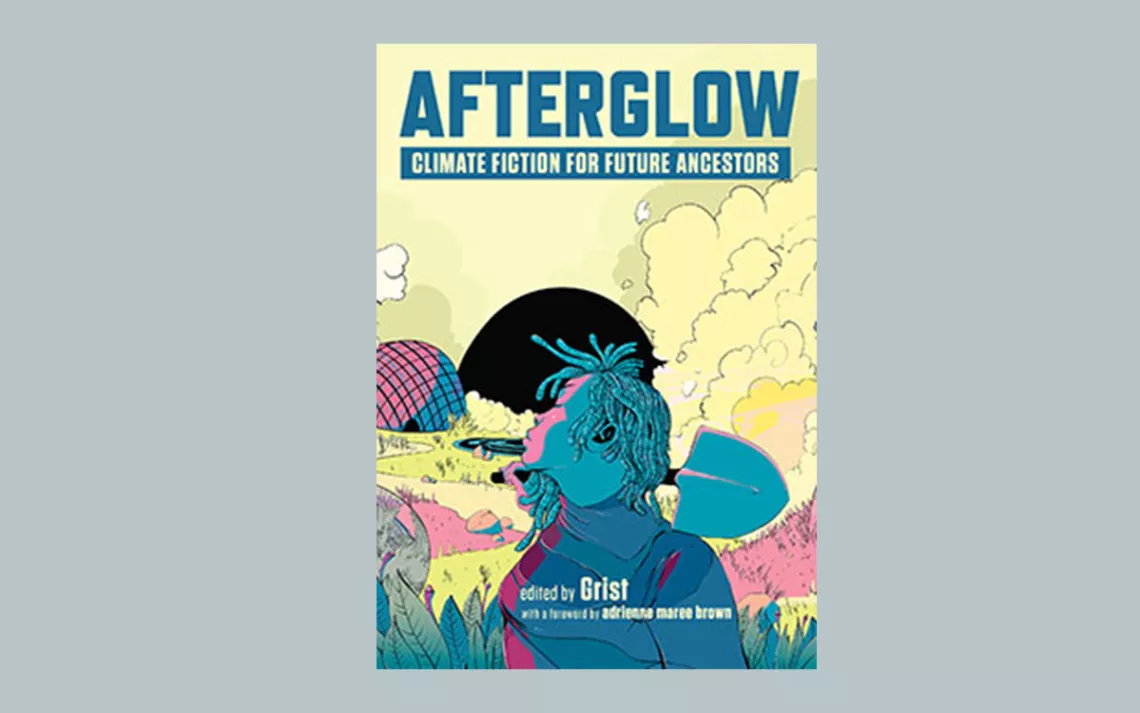
Afterglow: Climate Fiction for Future Ancestors
Edited by Grist with a forward from adrienne maree brown
New Press, 2023
This short story collection radiates radical imagination, daring readers to join the authors in envisioning a more green, just, and joyous world. It’s a love letter to Earth—the one of today and the one of the future where all its inhabitants have collected to share resources and be in community. If you’re feeling bouts of climate anxiety or even apocalypse fatigue, Afterglow will remind you to keep the faith.
 The Magazine of The Sierra Club
The Magazine of The Sierra Club

